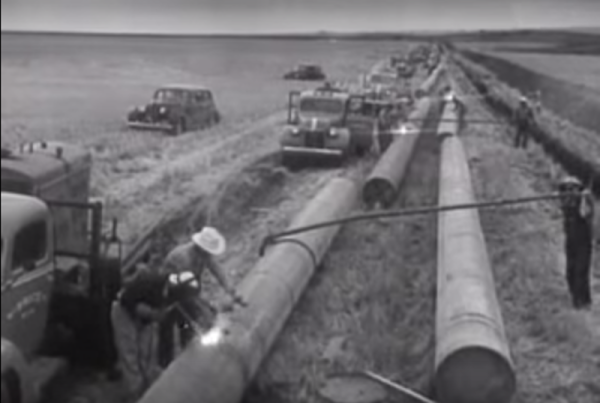
The number of people going on cruises keeps rising year over year, with the number passengers carried increasing from just over 3.7 million in 1990 to well over 28 million in 2023. This has meant an increasing demand for more and also much larger cruise ships, which has led to an interesting phenomenon where it has become more economical to chop up an existing cruise ship and put in an extra slice to add many meters to each deck. This makes intuitively sense, as the segment added is fairly ‘dumb’, with no engine room, control systems, but mostly more rooms and cabins.
The current top-of-the-line cruise ship experience is exemplified by the Icon class that’s being constructed for the Royal Caribbean Group. The first in this line is the Icon of the Seas, which is the largest cruise ship in the world with a length of 364.75 meters and a gross tonnage of 248,663. All of this cost €1.86 billion and over two years of construction time, compared to around $80 million and a few months in the drydock. When combined with a scheduled maintenance period in the drydock, this ‘Jumboization’ process can be considered to be a great deal that gives existing cruise ships a new lease on life.
Extending a ship in this manner is fairly routine as well, with many ships beyond cruise ships seeing the torch before being split. A newly built segment is then slid in place, the metal segments are welded together, wires, tubing and more are spliced together, before the in and outside are ready for a new coat of paint that makes it seem like nothing ever happened to the ship.
Continue reading “Cruise Ship-Lengthening Surgery: All The Cool Companies Are Doing It”












